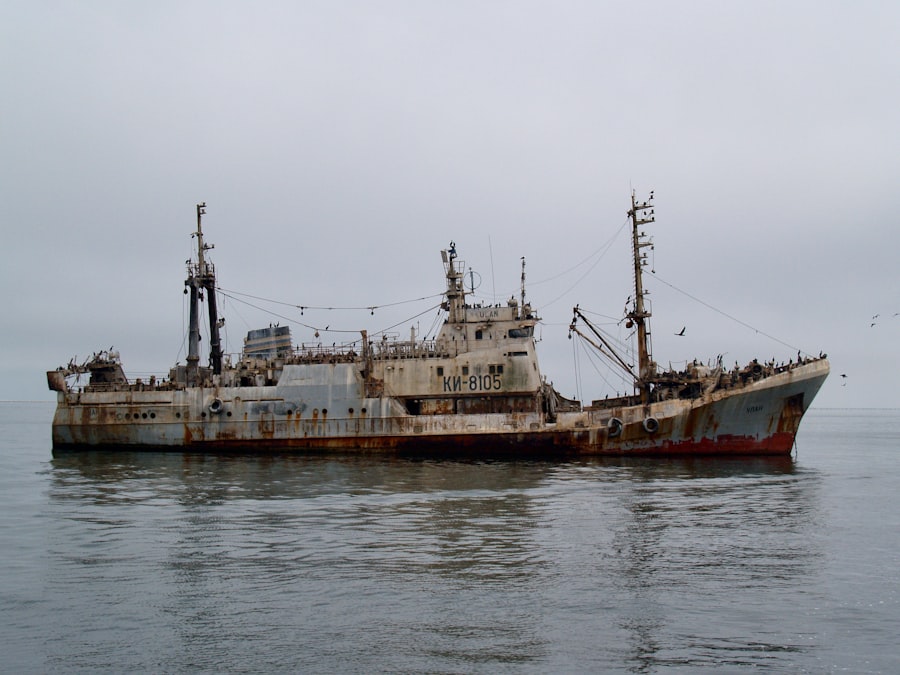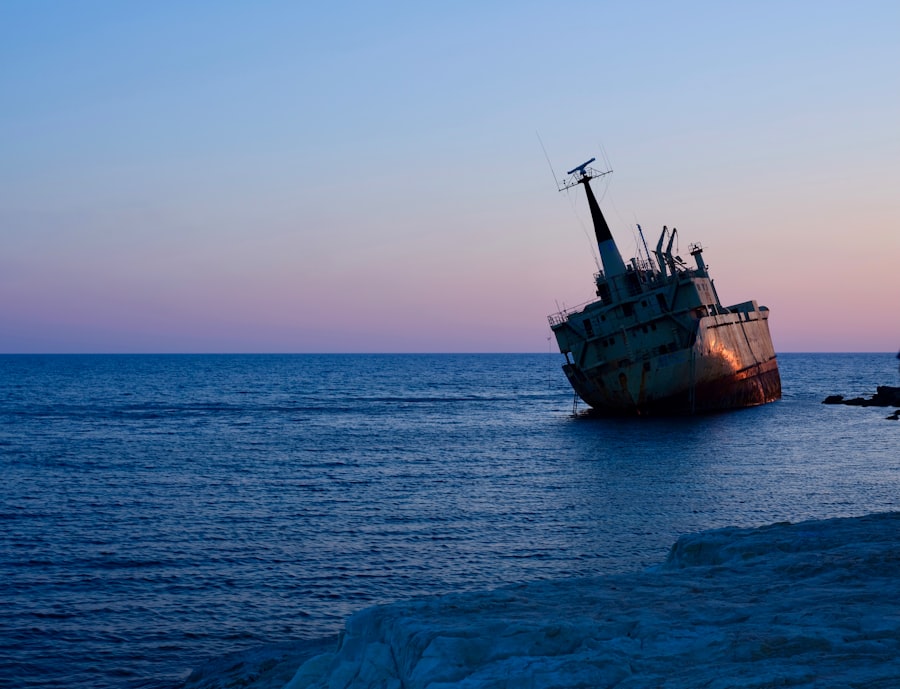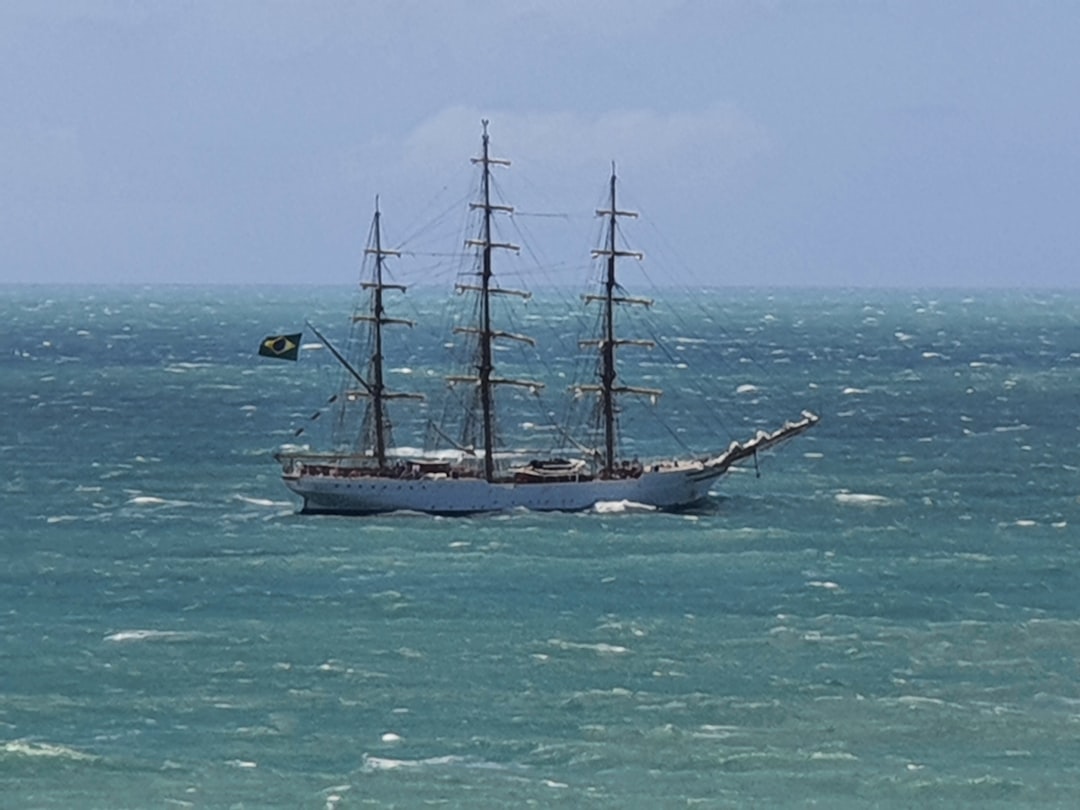The Drake Passage, a body of water located between the southern tip of South America and Antarctica, is renowned for its tumultuous seas and unpredictable weather. This narrow stretch of ocean, measuring approximately 800 kilometers (500 miles) wide, serves as a critical conduit for maritime traffic between the Atlantic and Pacific Oceans. Named after the English explorer Sir Francis Drake, who navigated these waters in the late 16th century, the passage has long been a focal point for adventurers, scientists, and sailors alike.
The Drake Passage is not only significant for its geographical location but also for its rich biodiversity and unique marine ecosystems. The waters are teeming with life, including various species of whales, seals, and seabirds that thrive in this nutrient-rich environment.
However, the beauty of the Drake Passage is often overshadowed by its notorious reputation for treacherous conditions. The combination of strong currents, high winds, and unpredictable weather patterns creates a challenging environment for even the most experienced mariners. As such, the passage has become synonymous with danger and adventure, drawing those who seek to test their limits against nature’s formidable forces.
Key Takeaways
- The Drake Passage is a treacherous body of water located between South America’s Cape Horn and the South Shetland Islands of Antarctica.
- The history of the Drake Passage is marked by numerous shipwrecks, with many vessels lost at sea due to the challenging conditions and unpredictable weather.
- Famous shipwrecks in the Drake Passage include the Endurance, which was crushed by ice during Ernest Shackleton’s Antarctic expedition, and the SS America, which ran aground in 1913.
- Shipwrecks in the Drake Passage have had a significant impact on exploration and trade, leading to changes in navigation routes and safety measures.
- Navigating the Drake Passage presents numerous challenges, including strong winds, rough seas, and icebergs, making it one of the most dangerous waterways in the world.
The Treacherous Waters of the Drake Passage
Navigating the Drake Passage is often described as one of the most daunting challenges in maritime travel. The waters are characterized by their extreme conditions, which can change rapidly and without warning. Sailors have long reported encountering waves that can reach heights of over 30 feet, driven by fierce winds that sweep across the open ocean.
These conditions are exacerbated by the confluence of the Atlantic and Pacific Oceans, which creates powerful currents that can be both unpredictable and perilous. The passage’s reputation for treachery is not merely anecdotal; it is supported by a wealth of historical accounts detailing the harrowing experiences of those who have attempted to traverse its waters. Many vessels have found themselves at the mercy of nature’s fury, struggling against towering waves and relentless storms.
The psychological toll on crews navigating these waters can be immense, as they face not only physical challenges but also the mental strain of uncertainty and fear. For many sailors, the Drake Passage represents a rite of passage—a test of skill and resilience that few can claim to have mastered.
The History of Ships Lost at Sea in the Drake Passage

The history of maritime exploration is replete with tales of ships lost to the unforgiving waters of the Drake Passage. Over the centuries, numerous vessels have met their fate in this treacherous expanse, often disappearing without a trace. The passage has claimed ships from various eras and purposes, from whaling vessels to cargo ships, each with its own story of ambition and tragedy.
The sheer number of shipwrecks serves as a stark reminder of the dangers inherent in navigating these waters. One notable period in this history occurred during the Age of Exploration when European powers sought new trade routes and territories. Many explorers ventured into the Drake Passage in search of riches and glory, only to find themselves confronting nature’s wrath.
The loss of ships during this time not only represented a significant financial blow but also hindered further exploration efforts. The stories of these lost vessels have become part of maritime lore, serving as cautionary tales for future generations of sailors.
Famous Shipwrecks in the Drake Passage
| Ship Name | Date of Shipwreck | Cause of Shipwreck | Location |
|---|---|---|---|
| SS Isla Desolación | 1915 | Iceberg collision | Drake Passage |
| SS Admiral Nakhimov | 1986 | Collision with another ship | Drake Passage |
| SS Monte Cervantes | 1930 | Struck a rock | Drake Passage |
Among the many shipwrecks that have occurred in the Drake Passage, a few stand out due to their historical significance or dramatic circumstances. One such vessel is the SS Saint Anna, a Russian ship that became trapped in ice in 1912 while attempting to navigate through the passage. The crew endured harrowing conditions for months before being rescued, highlighting both the dangers of polar navigation and the resilience of those who venture into these icy waters.
Another infamous wreck is that of the HMS Challenger, which sank in 1875 during a scientific expedition. The ship was lost to a storm that struck unexpectedly, claiming the lives of many crew members. This tragedy underscored not only the perilous nature of the Drake Passage but also the risks associated with scientific exploration during an era when weather forecasting was rudimentary at best.
Each shipwreck tells a story of human ambition clashing with nature’s indomitable forces, leaving behind a legacy that continues to resonate today.
The Impact of Shipwrecks on Exploration and Trade
The impact of shipwrecks in the Drake Passage extends far beyond individual tragedies; they have shaped the course of exploration and trade throughout history. Each loss has prompted advancements in navigation technology and maritime safety protocols as sailors sought to mitigate risks associated with these perilous waters. The lessons learned from past shipwrecks have led to improved ship design, better weather forecasting methods, and enhanced training for crews venturing into challenging environments.
Moreover, shipwrecks have often served as catalysts for change in maritime law and international regulations governing navigation. As nations recognized the dangers posed by the Drake Passage, they began to implement stricter guidelines for vessels operating in these waters. This evolution reflects a growing understanding of the need for safety measures in an era when maritime trade was becoming increasingly vital to global economies.
The legacy of shipwrecks thus extends beyond mere loss; it has fostered innovation and collaboration among nations striving to ensure safer passage through one of the world’s most treacherous maritime corridors.
The Challenges of Navigating the Drake Passage

Navigating the Drake Passage presents a myriad of challenges that test even the most seasoned mariners. One primary concern is the unpredictable weather patterns that can shift rapidly from calm to chaotic within minutes. Sailors must remain vigilant and adaptable, constantly monitoring conditions to make informed decisions about their course and speed.
This requires not only technical skill but also an intimate understanding of local weather phenomena. In addition to weather-related challenges, navigators must contend with strong currents that can significantly affect a vessel’s trajectory. The confluence of oceanic currents creates areas where water flows at varying speeds, leading to turbulent conditions that can be difficult to navigate.
Mariners must possess a keen awareness of these currents and their potential impact on navigation strategies. Furthermore, icebergs and floating debris pose additional hazards that require constant vigilance and quick reflexes to avoid disaster.
The Role of Weather in Shipwrecks in the Drake Passage
Weather plays a pivotal role in the frequency and severity of shipwrecks in the Drake Passage. The region is notorious for its fierce storms, which can arise suddenly and without warning. These storms are often characterized by high winds and heavy precipitation, creating treacherous conditions that can overwhelm even well-equipped vessels.
Historical accounts abound with tales of ships caught off guard by sudden squalls or rogue waves that appeared seemingly out of nowhere. The impact of weather on navigation extends beyond immediate storm conditions; it also influences long-term planning for voyages through the passage. Mariners must carefully consider seasonal variations in weather patterns when scheduling expeditions or trade routes.
Understanding these patterns can mean the difference between safe passage and disaster at sea. As climate change continues to alter weather systems globally, sailors face new challenges in predicting conditions within this already volatile region.
Salvage Operations in the Drake Passage
Salvage operations in the Drake Passage are fraught with difficulty due to the harsh environmental conditions and remote location. When ships sink or run aground in these treacherous waters, recovery efforts often require extensive resources and expertise. Salvage teams must contend with rough seas, unpredictable weather, and logistical challenges associated with operating in such an isolated area.
Despite these obstacles, salvage operations have been undertaken throughout history to recover valuable cargo or retrieve wreckage for investigation purposes. These efforts not only aim to recover lost assets but also serve as opportunities to learn from past mistakes and improve future navigation practices. Each successful salvage operation contributes valuable data that can inform maritime safety protocols and enhance understanding of how vessels interact with their environment.
The Legacy of Shipwrecks in the Drake Passage
The legacy of shipwrecks in the Drake Passage is multifaceted, encompassing both historical significance and cultural impact. Each wreck tells a story—of ambition, exploration, tragedy, and resilience—that resonates through time. These narratives have become woven into the fabric of maritime history, serving as reminders of humanity’s enduring struggle against nature’s formidable forces.
Moreover, shipwrecks have inspired countless works of literature, art, and folklore that celebrate both human courage and folly in the face of adversity. They serve as cautionary tales for future generations while also igniting curiosity about exploration and adventure on the high seas. The legacy left behind by these lost vessels continues to shape contemporary understanding of maritime navigation and safety practices.
Modern Navigation and Safety Measures in the Drake Passage
In response to the challenges posed by navigating the Drake Passage, modern technology has revolutionized maritime safety measures over recent decades. Advanced navigation systems equipped with GPS technology allow sailors to plot precise courses while accounting for changing conditions in real-time. Additionally, sophisticated weather forecasting tools provide invaluable data that helps mariners anticipate potential hazards before they arise.
Furthermore, international collaboration among nations has led to improved regulations governing maritime traffic through this critical passageway. Enhanced training programs for crews emphasize safety protocols and emergency preparedness tailored specifically for navigating treacherous waters like those found in the Drake Passage. These advancements reflect a collective commitment to ensuring safer passage through one of nature’s most formidable challenges.
Remembering the Lost Ships of the Drake Passage
As one gazes upon the turbulent waters of the Drake Passage today, it is essential to remember those ships that have been lost to its depths over centuries past. Each vessel represents not just a tragic end but also a testament to human ambition—the desire to explore uncharted territories despite overwhelming odds. The stories behind these shipwrecks serve as reminders of both vulnerability and resilience amid nature’s relentless power.
In honoring their memory, society acknowledges not only their sacrifices but also learns from their experiences—striving toward safer navigation practices while continuing humanity’s quest for discovery across our planet’s vast oceans. The legacy left behind by these lost ships will forever echo through time—a poignant reminder that even amidst peril lies an enduring spirit of exploration that drives us forward into uncharted waters yet unseen.
The Drake Passage, known for its treacherous waters and unpredictable weather, has been the site of numerous shipwrecks throughout history. An article on mygeoquest.
com/sample-page/’>MyGeoQuest delves into the perilous journeys faced by ships navigating this infamous stretch of ocean. The piece explores the historical context of these maritime disasters, highlighting the challenges posed by the passage’s strong currents and frequent storms. It also discusses the advancements in navigation and shipbuilding that have helped reduce the number of incidents in recent years, offering a comprehensive overview of the Drake Passage’s impact on maritime history.
WATCH NOW! Drake Passage: Earth’s Deadliest Waters Revealed
FAQs
What is the Drake Passage?
The Drake Passage is the body of water between the southern tip of South America and the northern tip of the Antarctic Peninsula. It is known for its rough seas and challenging sailing conditions.
Have ships been sunk in the Drake Passage?
Yes, there have been instances of ships sinking in the Drake Passage due to the treacherous weather and sea conditions. The area is notorious for its strong winds and large waves.
How many ships have been sunk in the Drake Passage?
There have been several ships that have been lost in the Drake Passage over the years, although the exact number is not readily available. The challenging conditions make it a risky area for maritime travel.
What are the main causes of ships sinking in the Drake Passage?
The main causes of ships sinking in the Drake Passage are typically attributed to the extreme weather conditions, including strong winds, high waves, and icebergs. These factors can make navigation and sailing extremely hazardous.
Are there safety measures in place for ships traveling through the Drake Passage?
Ships traveling through the Drake Passage are equipped with advanced navigation and communication systems to help navigate the challenging conditions. Additionally, many ships are staffed with experienced crew members who are familiar with the area and its potential hazards.
